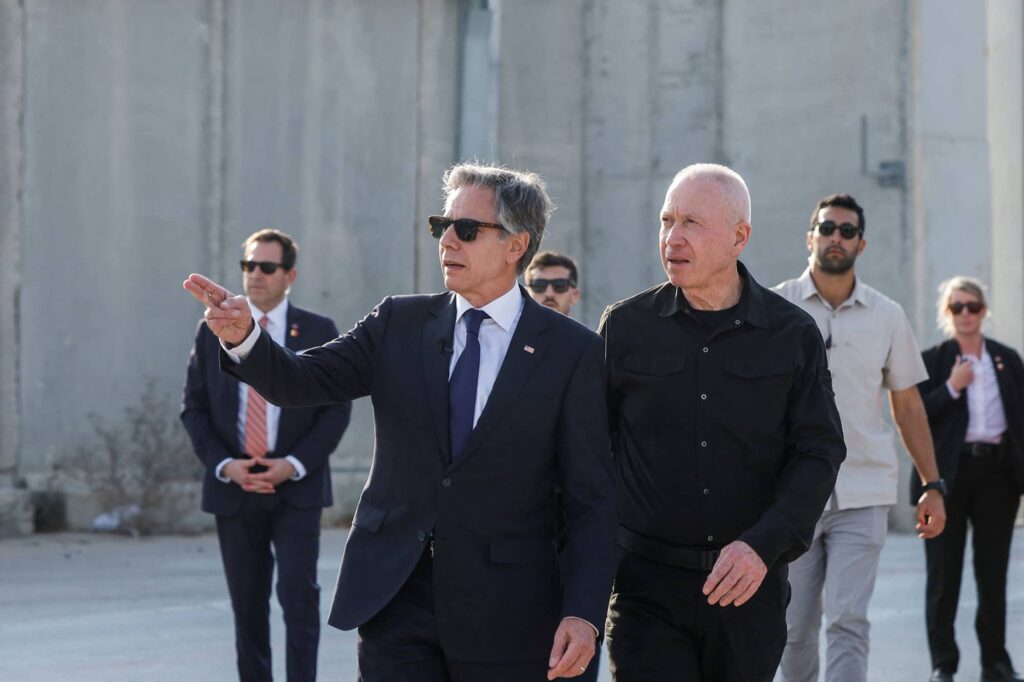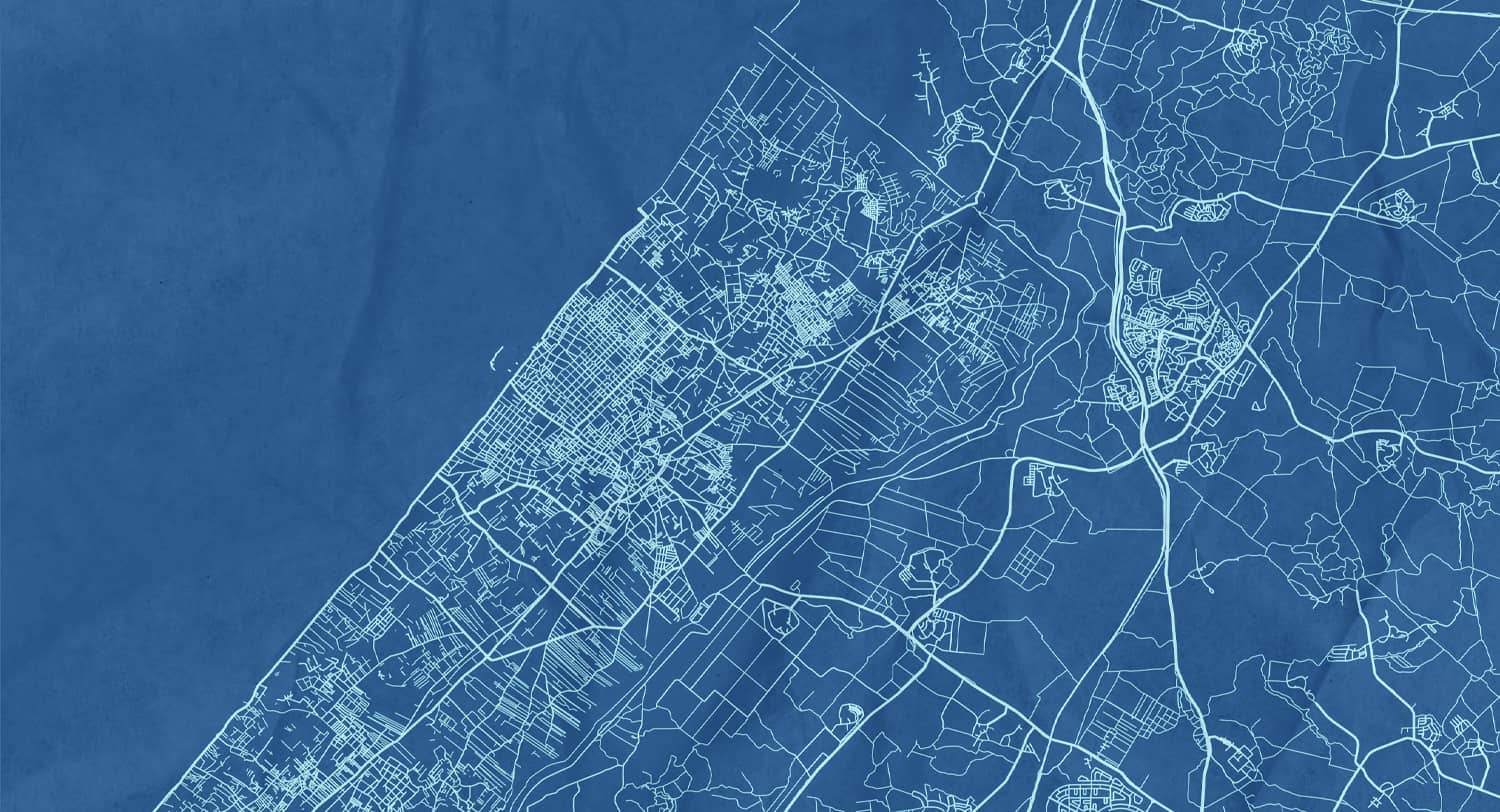Hamas’s terrorist attack of October 7 and the Israeli, American, and Iranian/Iranian proxy responses have already fundamentally changed the Middle East. The priority now rightly is on ending the fighting, yet history shows that what comes after a war is as important as combat results in securing a lasting peace.
To ensure that an attack like October 7 cannot happen again, and that the people of Israel and Gaza can live in dignity and peace, the United States and Israel should work with regional and non-regional states to implement a Multinational Authority to temporarily administer Gaza. That Authority would establish security, remove Hamas’s control of civil governance, start Gaza’s physical and social reconstruction, and provide for a better life for the people of Gaza to live alongside the State of Israel. A team of foreign policy and military experts including Keith Dayton, Eran Lerman, Robert Silverman, Tom Warrick and this writer have presented such a comprehensive plan May 7 in a joint Atlantic Council/Wilson Center public event.
President Biden has argued that October 7 marks an “inflection point” in the region. There have been two others in the last fifty years: the 1973 Yom Kippur War and the 1991 Kuwait War. Both events repulsed attacks, enhanced American engagement, and generated a period of stability and diplomatic progress. With Hamas remnants likely to be defeated, and regional escalation – at this point – almost certainly deterred, the key decision for a third such period is “the day after” in Gaza.
So far, ideas for stabilization and security are all over the map, with no concrete plan fully deployed, let alone generally accepted. The initial Israeli default option, a mix of continued Israeli Defense Forces (IDF) engagement and local Palestinian leadership, has found little support outside Israel. Biden administration ideas, while still opaque, point towards an interim international presence that replaces the IDF, and eventually passes authority to the Palestinian Authority (PA). That step would depend on the PA being capable and Israel assenting. The US administration’s approach appears to be on the right track, but the devil is in the details.

To flesh out the administration’s ideas, the plan proposes the following:
The US promote a Multinational Authority to administer Gaza on an interim basis after Israeli forces leave. The Multinational Authority would report to an International Contact Group, with both these entities created by an international charter drafted by the United States in consultation with Israel and Egypt, and other key Arab and G-7 governments, to give international legitimacy. The charter of the Multinational Authority would include a consultation mechanism with the PA. Legal authority for assuming governance could be based on one of several alternatives: (i) the PA ceding temporary responsibility; (ii) a well-drafted UN Security Council resolution under Chapter VII that gives a one-time-only authorization, not a renewable mandate nor any UN direct oversight; or (iii) Israel taking responsibility for Gaza as an Occupying Power under international law and then transferring its authority to the Multinational Authority pursuant to a Memorandum of Understanding.
The plan then lays out the road map for operating the Multinational Authority, led by a High Representative. It would be funded by Contact Group governments, have the ability to receive funds from other governments, and field its own teams for finance, security, transportation, ministry liaisons, opinion polling, and public affairs, with logistical support from Israel and Egypt and other nations.
Security is a pressing responsibility of post-conflict governance. The United States and other Contact Group governments would organize a multinational Policing Force to carry out “presence patrols” until a post-Hamas civil police and gendarmerie can be vetted and trained to take on policing responsibilities. The Policing Force would include a small number of American military personnel for command, logistics, intelligence, staff, and back-office functions. Much experience shows that only if the United States commits personnel will other countries contribute.
The plan assesses that the Palestinian Security Forces deployed in the West Bank are not prepared to take on the Gaza mission at present.
An important lesson from both Bosnia and Iraq is the need for the interim governing body to have formal authority (as enshrined in the Dayton Accords which ended the Bosnian conflict) to leverage provision of reconstruction and other services. This becomes an urgent requirement when population elements or local authorities block security, de-radicalization or long-term stabilization activities (an authority the international community tragically lacked previously in Gaza).
In drafting this plan the authors have drawn on our collective stabilization experience in the Balkans and the Middle East, as well as many historical examples. Successful examples include the aforementioned Dayton Accords for Bosnia, the Kosovo NATO and EU engagement, the Defeat-ISIS international coalition, the Sinai-based Multinational Observer Force, and the US-led Multilateral Force in Iraq 2007-2011.
What distinguishes these successful examples are strong American involvement in organization, leadership, and at least some troop presence, serious combat capability, and unity of command of all elements of international engagement, from security to humanitarian aid to governance and reconstruction.
The authors have discussed the plan with Israeli and American officials, and provided summaries to selected Arab states’ representatives. As a plan for an interim stabilization presence in Gaza, it does not address the critically important question of how the international community arrives at a stable ceasefire and elimination of Hamas’ military dominance of Gaza, which are the preconditions for any “day after” approach to Gaza.Nor does the plan propose a “day after the day after” roadmap for permanent Palestinian control of Gaza or resolution of the underlying Palestinian-Israeli conflict.
Instead, this plan supplies a crucial toolkit for responding to the current situation, with detailed action agendas for each of these priority areas. It is organized on a modular basis; those governments involved in Gaza planning have the option to pick and choose elements. But the package as a whole represents the authors’ view of what is necessary to secure interim peace and stability in Gaza after a permanent ceasefire.
The world has seen many failed international efforts despite their well-thought out technical programs. What is crucial is the right overarching security, governance, and stabilization architecture. We believe this plan provides one such architecture.



